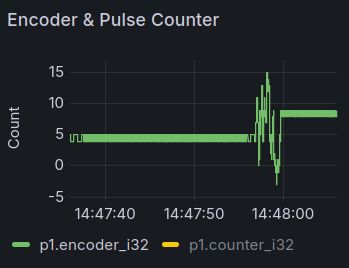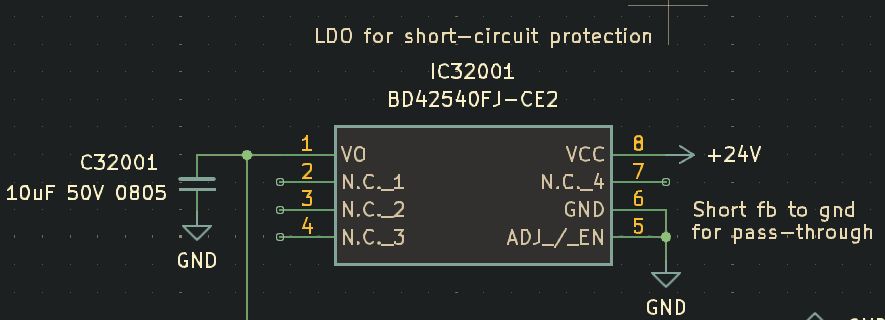Come for the compile-time loop unrolling, stay for the profile-guided optimization!
jlogan.dev/blog/2025/11...

Come for the compile-time loop unrolling, stay for the profile-guided optimization!
jlogan.dev/blog/2025/11...
This brings it to parity with even the specialized-dimensionality version of the fortan incumbent!

This brings it to parity with even the specialized-dimensionality version of the fortan incumbent!



Anyone know of a dashboard alternative that is aware of the concept of a time series and can cache appropriately?

Anyone know of a dashboard alternative that is aware of the concept of a time series and can cache appropriately?





In these plots, the mouse hover point is where I short the 4-20mA channel during calibration. The channel just drops out and recovers



In these plots, the mouse hover point is where I short the 4-20mA channel during calibration. The channel just drops out and recovers



Might even populate the rest of the 3D models and use it for renders

Might even populate the rest of the 3D models and use it for renders
Meanwhile, the popular sliding mean filter can be represented as a set of equal tap values

Meanwhile, the popular sliding mean filter can be represented as a set of equal tap values
There's a lot of jargon and obfuscation around FIR filters, but you just choose N numbers (taps) that add up to 1, and dot them with the incoming signal
#electronics #dsp

There's a lot of jargon and obfuscation around FIR filters, but you just choose N numbers (taps) that add up to 1, and dot them with the incoming signal
#electronics #dsp

Huge help for designs with many repeated channels like this one!

Huge help for designs with many repeated channels like this one!




